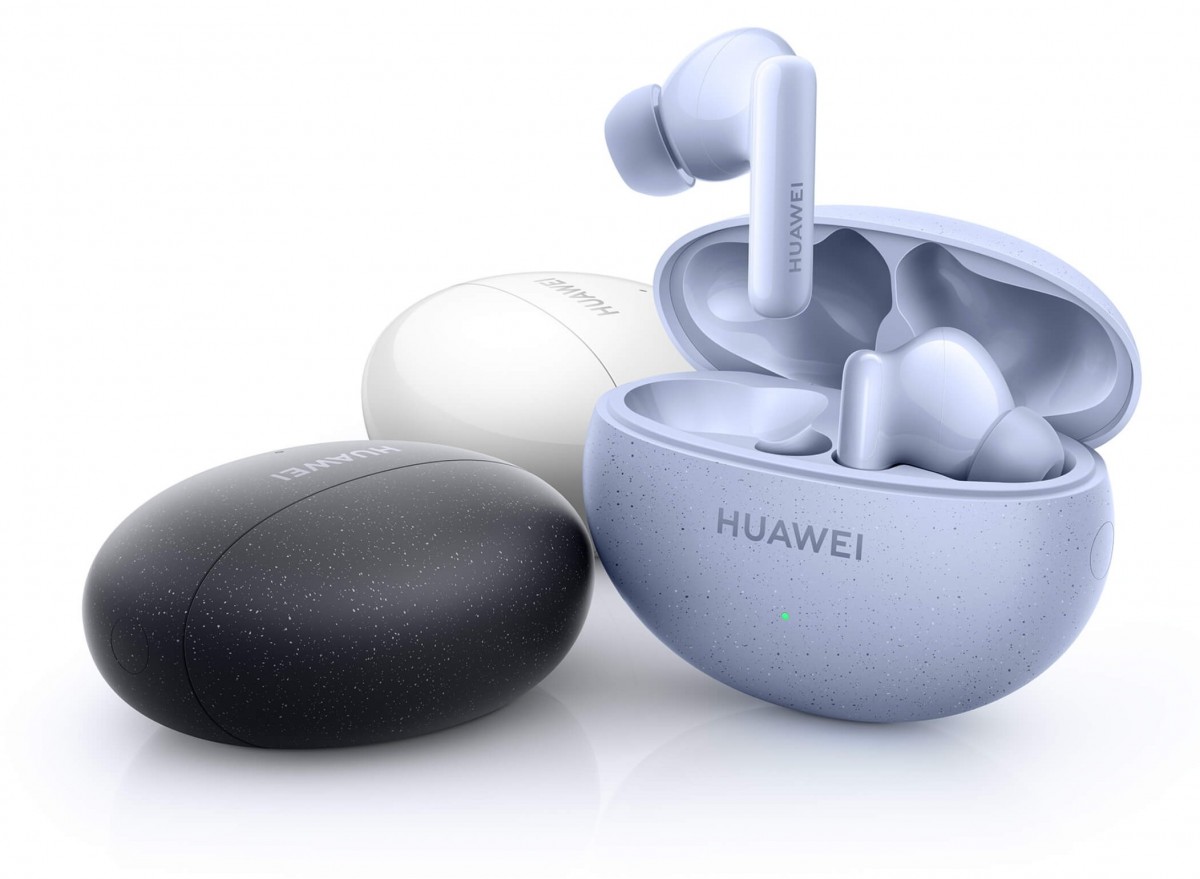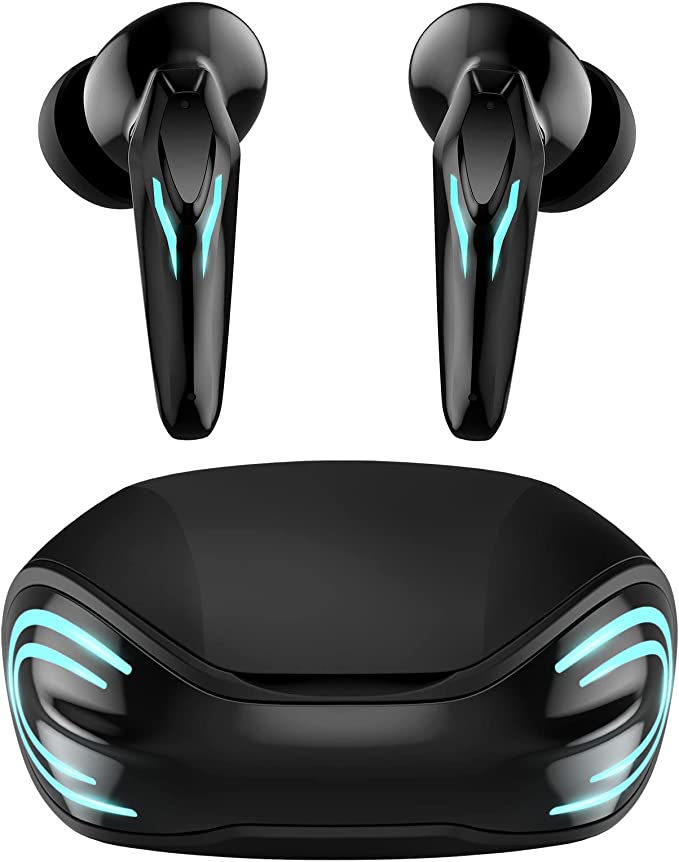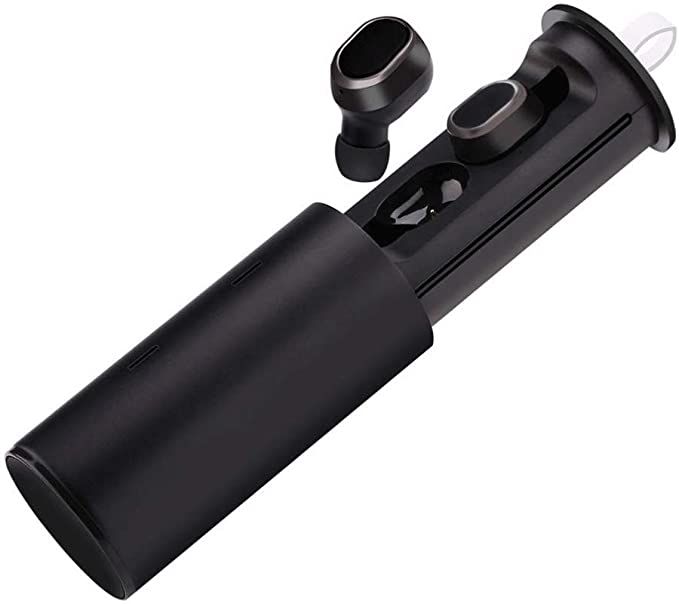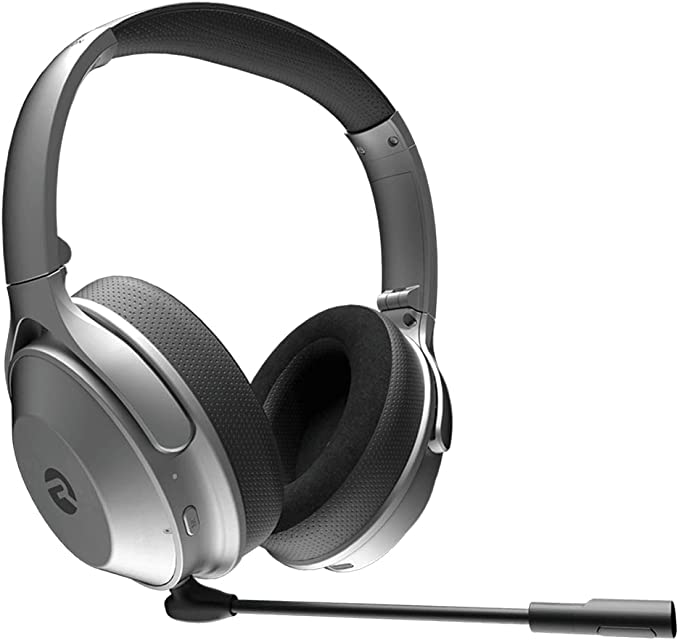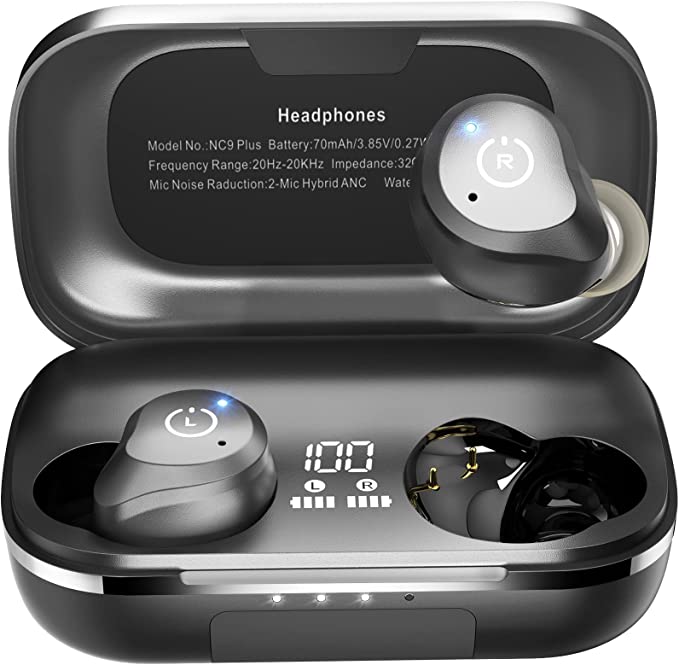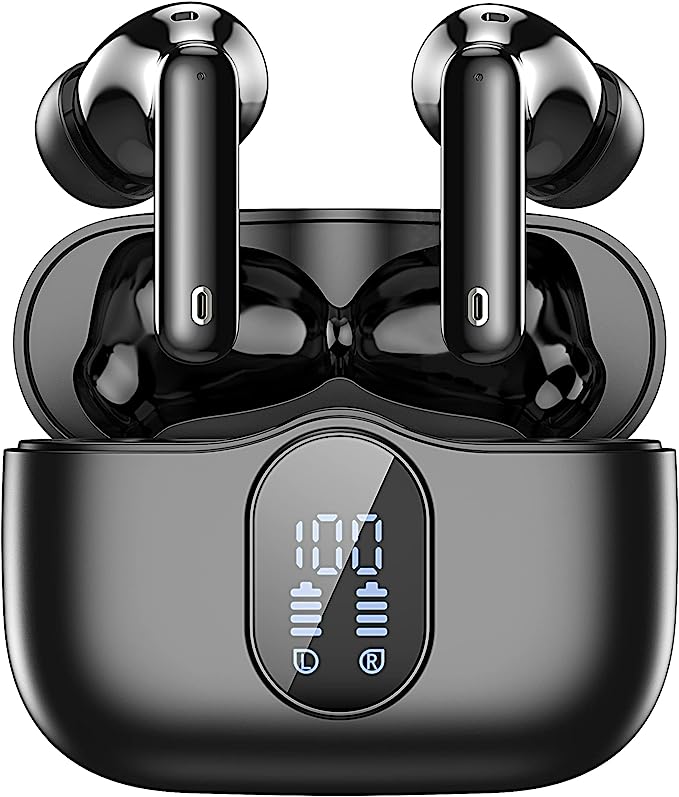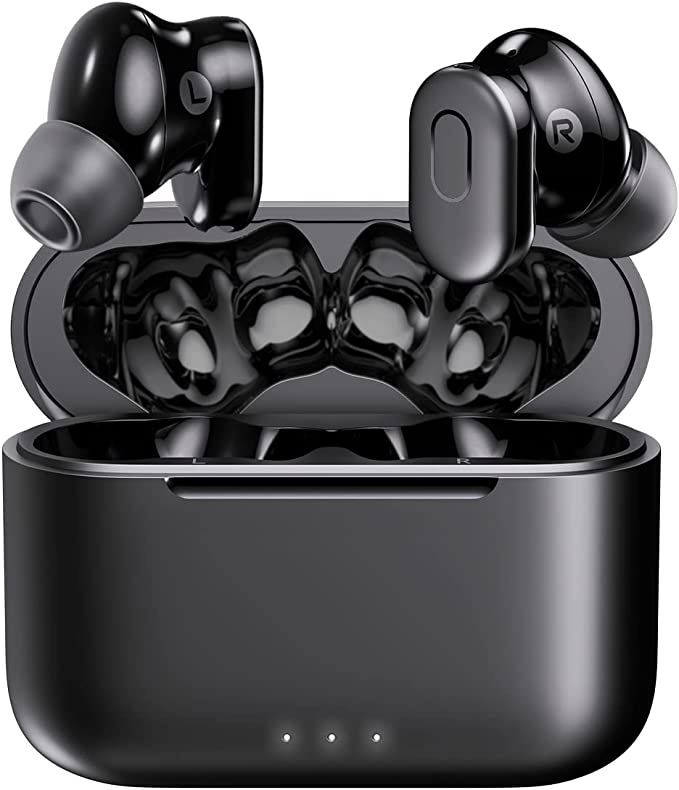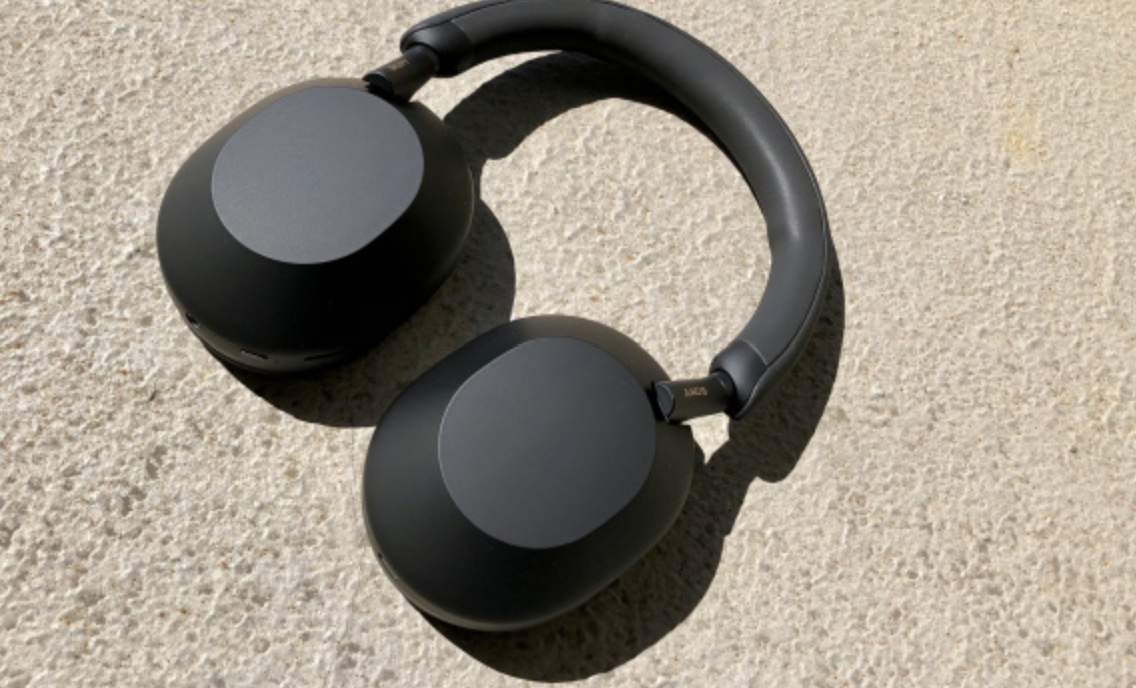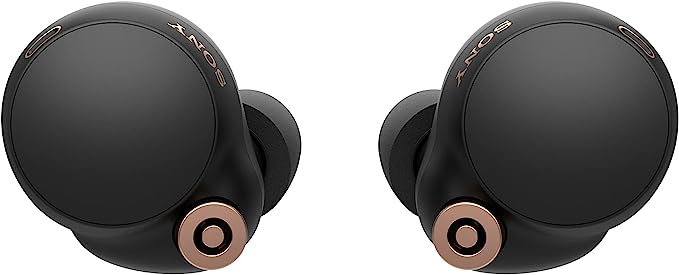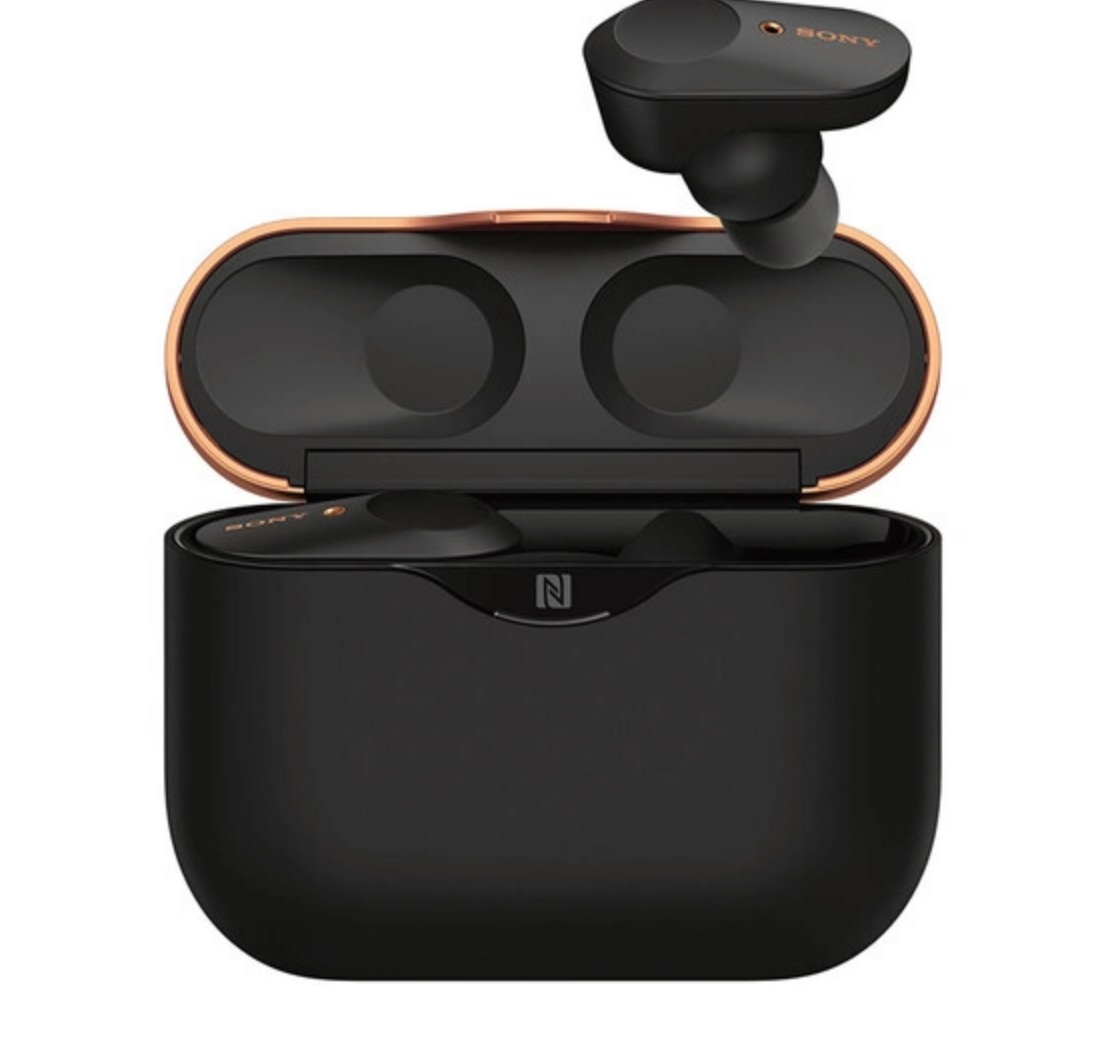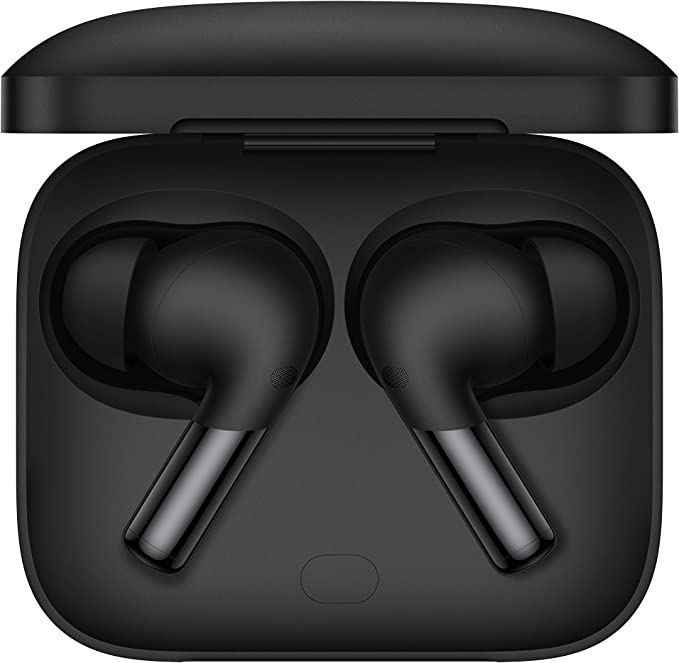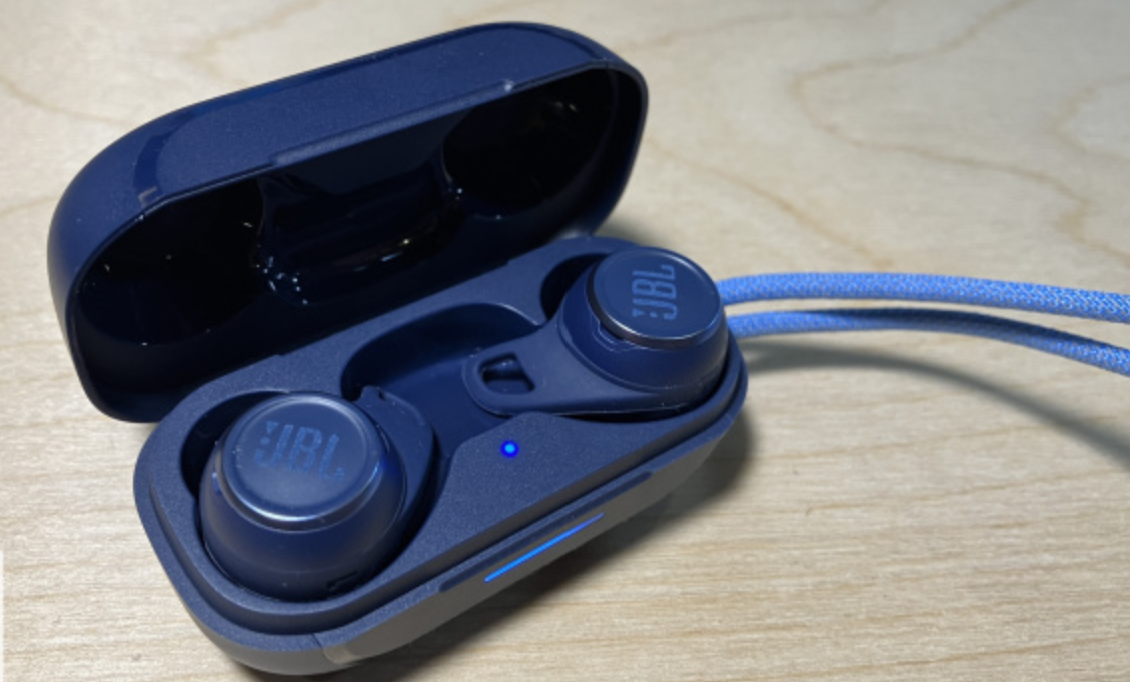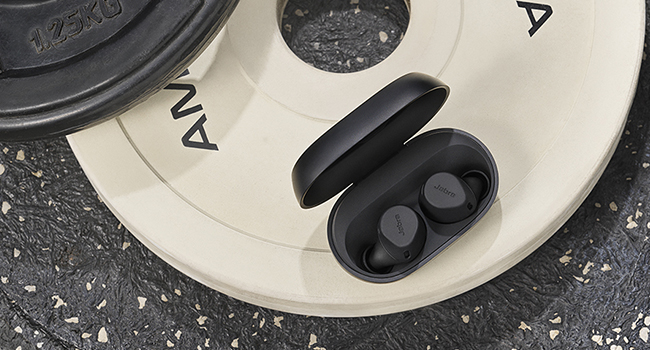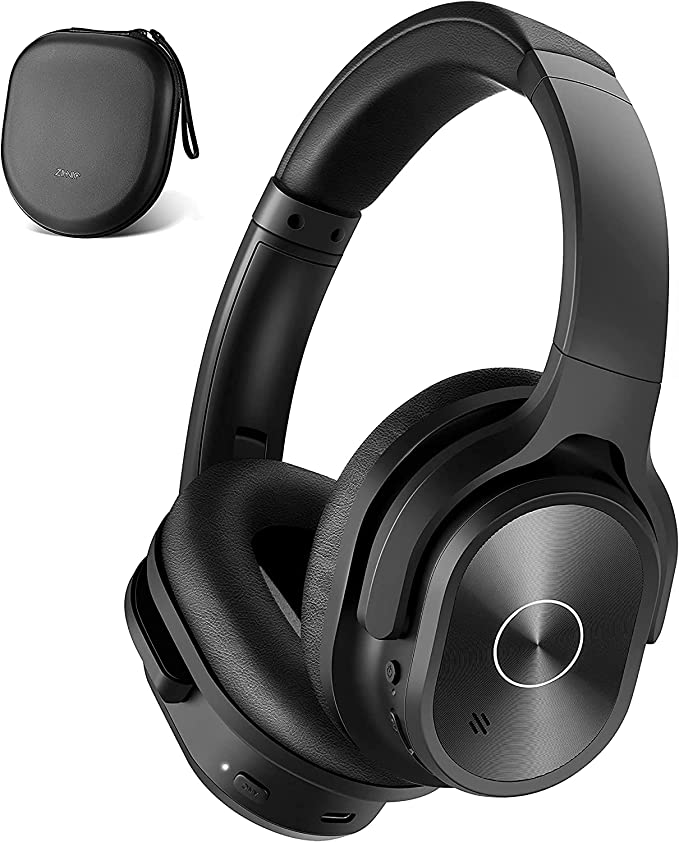Sennheiser HD1 OEBT On-Ear Wireless Headphones: A Top-Notch Wireless Headphone for Immersive Listening
Update on June 28, 2025, 12:03 p.m.
In our relentless chase for the next big thing, for the slimmer, faster, and smarter, why do we pause to look back? Why would we spend time dissecting a piece of technology like the Sennheiser HD1 OEBT On-Ear Wireless headphones, a product officially “Discontinued by Manufacturer”? The answer is that some devices are more than just their function. They are technical artifacts—like fossils preserved in amber—that capture a pivotal moment in evolution. The HD1 is one such artifact, a beautiful and complex record of the great migration from the golden age of wired fidelity to the dawn of untethered freedom.
To understand its significance is to understand the brilliant engineering deployed to solve the fundamental conflicts of its time. This is its story.

The Unbreakable Vow: Defending the Soul of Sound in a Wireless World
Imagine the central challenge for audio engineers in the mid-2010s: the world was falling in love with the convenience of Bluetooth, but the audiophile community, raised on the rich, uncompressed diet of wired sound, was deeply skeptical. Early Bluetooth audio often felt like a betrayal. The standard Bluetooth codec (the algorithm that compresses and decompresses audio for transmission), known as SBC, was built for stability, not for fidelity.
Think of it this way: trying to send a complex, high-resolution piece of music through standard Bluetooth was like pouring a rich, slow-cooked broth through a tiny funnel. You’d get the liquid through, but all the subtle herbs, aromatic vegetables, and deep flavors—the very soul of the dish—would be left behind. The result was often thin, lifeless, and muddled.
Sennheiser’s vow was to not let this happen. Their solution, embedded deep within the HD1, was the integration of the Qualcomm® aptX™ codec. This wasn’t just another feature; it was a statement of intent. aptX is a far more sophisticated compression algorithm. It acts as a custom-designed, wider funnel, intelligently preserving significantly more of the original audio data during its wireless journey. When connected to an aptX-enabled source, like many Android smartphones of the era, the HD1 could deliver a sound that was full, dynamic, and detailed—a sound that honored the music. It was a crucial bridge, proving to a discerning audience that cutting the cord didn’t have to mean strangling the art.

Crafting Oases of Silence: The Delicate Art of Noise Cancellation
Once the integrity of the music was secured, the next battle was with the environment itself. The modern world is a symphony of distraction—the drone of a jet engine, the rumble of a train, the hum of an office. To truly enjoy music on the move, you need more than just good sound; you need a pocket of peace.
Here, the HD1 deployed its own sophisticated strategy: NoiseGard™ Hybrid Active Noise Cancellation (ANC). To appreciate its elegance, think of it not as a brute-force wall, but as a precise military operation. It uses a four-microphone array in a “pincer movement” against unwanted noise:
- Feedforward Mics (The Scouts): Positioned on the outside of the earcups, these microphones listen to the ambient noise before it reaches your ears, identifying the enemy soundwave.
- Feedback Mics (The Cleanup Crew): Located inside the earcups, these microphones detect any noise that managed to breach the perimeter, ensuring a final, thorough cleansing.
The internal processor then generates a perfect anti-noise signal—a mirror image of the offending soundwave—that cancels it out via the principle of destructive interference. But where Sennheiser’s philosophy truly shone was in the tuning. Many users, like reviewer “skim15” on Amazon, noted the ANC was effective but less “intense” than some rivals. This was by design. Instead of creating a disorienting, pressurized vacuum, the HD1’s ANC was engineered to be a surgical tool. It surgically removed the monotonous, fatiguing low-frequency noise while leaving the soundscape feeling natural and open. It was the difference between sealing yourself in a sensory deprivation tank and sitting in a perfectly sound-treated library.
Form Follows Feeling: A Dialogue in Steel and Suede
A headphone is an intimate object, a piece of technology that we wear. Its success is therefore a conversation between electronics and ergonomics, between what it does and how it feels. The HD1’s physical form is a masterclass in this dialogue.
The decision to make it an “on-ear” (supra-aural) device was a deliberate compromise—a pact struck between ultimate portability and absolute long-haul comfort. On-ear headphones are smaller, lighter, and more convenient to pack, but they exert pressure directly on the ear cartilage, which for some users can become fatiguing over several hours.
Sennheiser mitigated this inherent challenge through a meticulous choice of materials that speak their own language of quality. The headband’s “skeleton” is a slender, resilient arc of stainless steel. It’s cool to the touch, immensely durable, and provides the clamping force with an engineered grace. The “skin”—the parts that meet your body—is swathed in Alcantara. Borrowed from the world of high-performance automotive interiors, this synthetic suede is a marvel of material science. It is incredibly soft, yet more durable and breathable than leather, resisting the wear and tear of daily use while minimizing heat and sweat during long listening sessions. It was a choice that elevated the HD1 from a mere gadget to a piece of premium industrial design.

An Honest Legacy: The Ghosts in the Machine and the Echoes of Brilliance
No artifact is perfect; its imperfections are often its most honest storytellers. The HD1 was a product of its time, and it carried the ghosts of its era’s technological frontiers. Many users noted that the call quality, despite the dual-microphone VoiceMax technology, could sound “hollow” to the person on the other end. This wasn’t a unique flaw but a common struggle for wireless headsets of the time. The complex signal processing required to isolate a voice from a noisy background over a limited Bluetooth bandwidth was a mountain that the entire industry was still learning to climb.
These limitations don’t diminish the HD1’s stature; they enhance it. They remind us that progress is iterative. The challenges faced by the HD1’s engineers directly informed the development of the crystal-clear call-processing algorithms we take for granted in today’s flagship headphones.
So we look back at the Sennheiser HD1 OEBT not just with nostalgia, but with appreciation for its incredible balancing act. It balanced sound and silence, portability and comfort, luxury and longevity. It stands as a testament to the idea that great design isn’t about having no constraints; it’s about creating beauty and function within them. It is a resonant echo of a time when the rules of wireless audio were still being written, and Sennheiser held the pen with a steady, masterful hand.


